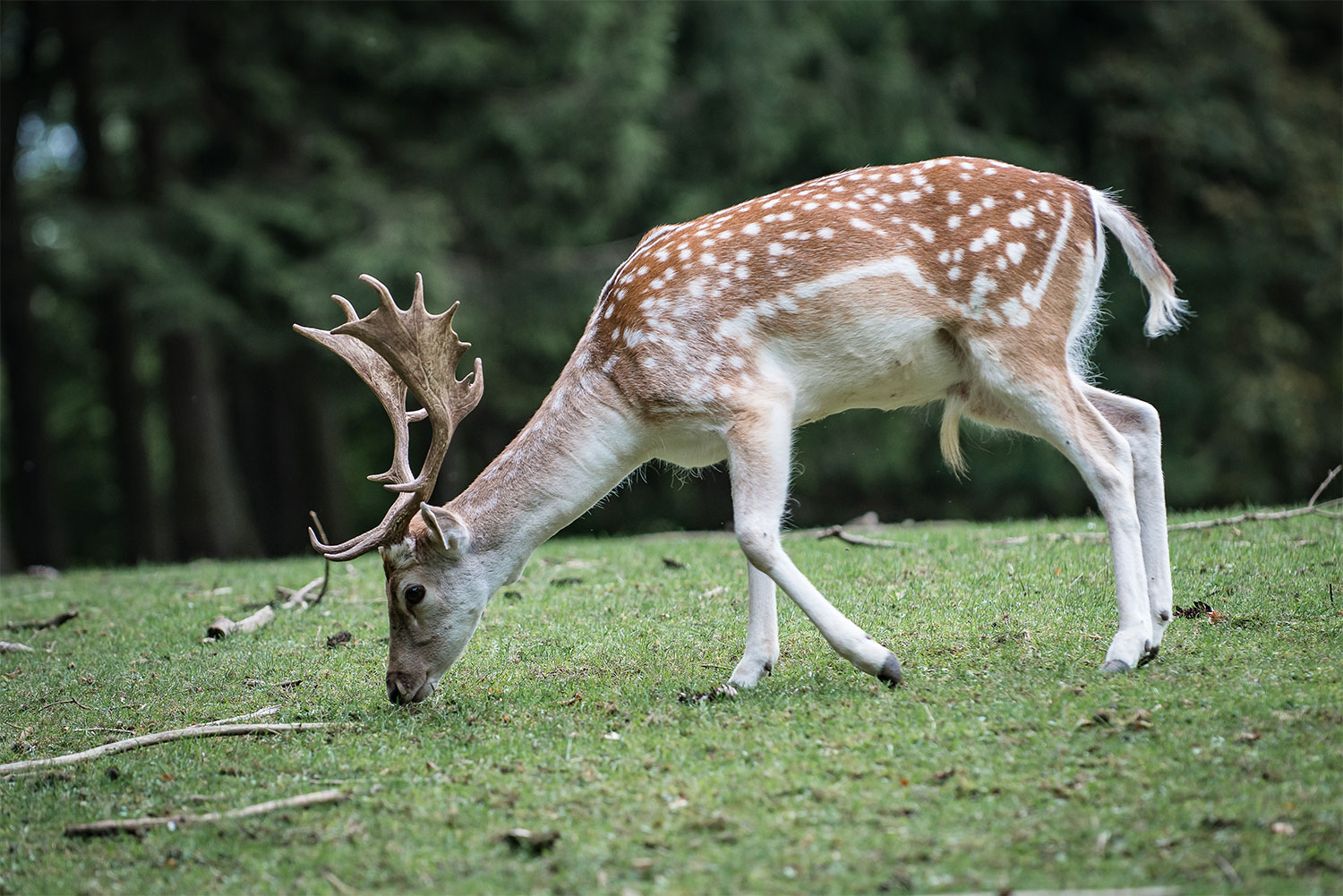Wild deer are a part of our biodiversity. They pleasure visitors to the countryside.
But in the absence of predators in the UK, deer populations have grown unchecked and have increased to unsustainable densities in some areas.
A recent survey shows about 2 million deer are in the UK. This is the reality in some parts of the UK, where wild deer are high in numbers and have negative impacts on the natural environment, forestry, and agriculture.
At moderate to high densities, wild deer can have negative impacts on the natural environment as well as wider impacts on forestry and have negative effects on agriculture. Deer can simplify woodland structure by:
- preferentially browsing seedlings or regrowth of certain palatable tree and plant species
- impacting upon diversity
- impacting the resilience of woodlands to factors such as climate change, as heavily impacted woodlands are less able to sequester carbon or intercept water flow, and processes such as natural colonisation can be prevented
Significant effort is required by those responsible for creating and managing woodlands to manage deer across the country. There is a need to develop stronger mechanisms to build increased capacity and focus on reducing current and future impacts, and collaboration is required at a national, landscape, and local level to achieve this.
.
Additional read:
Deer: how to protect your property from damage
Woodland creation and mitigating the impacts of deer
BASC – Deer Stalking Code of Practice

